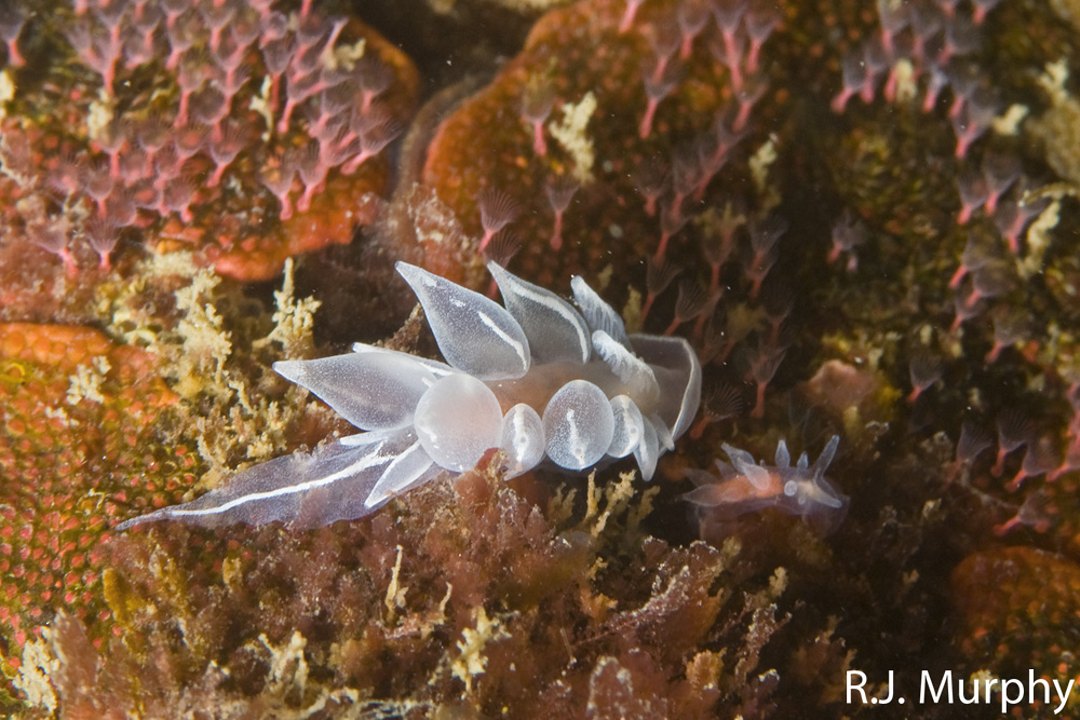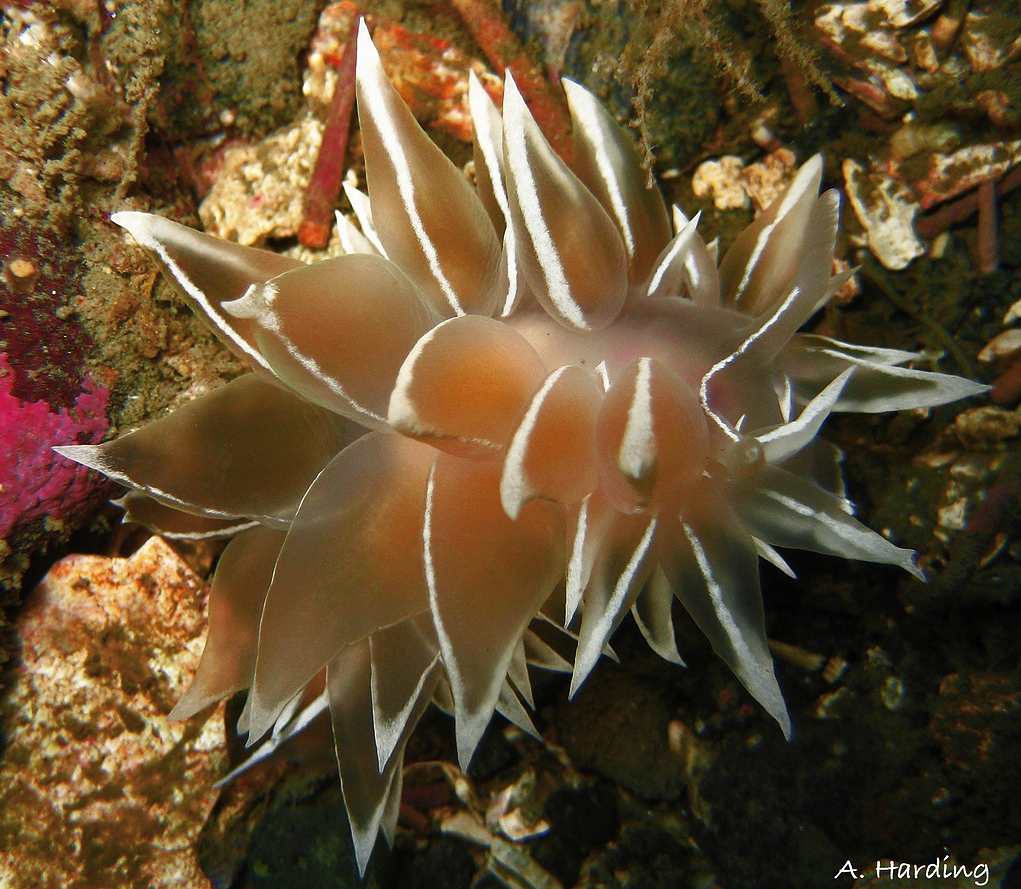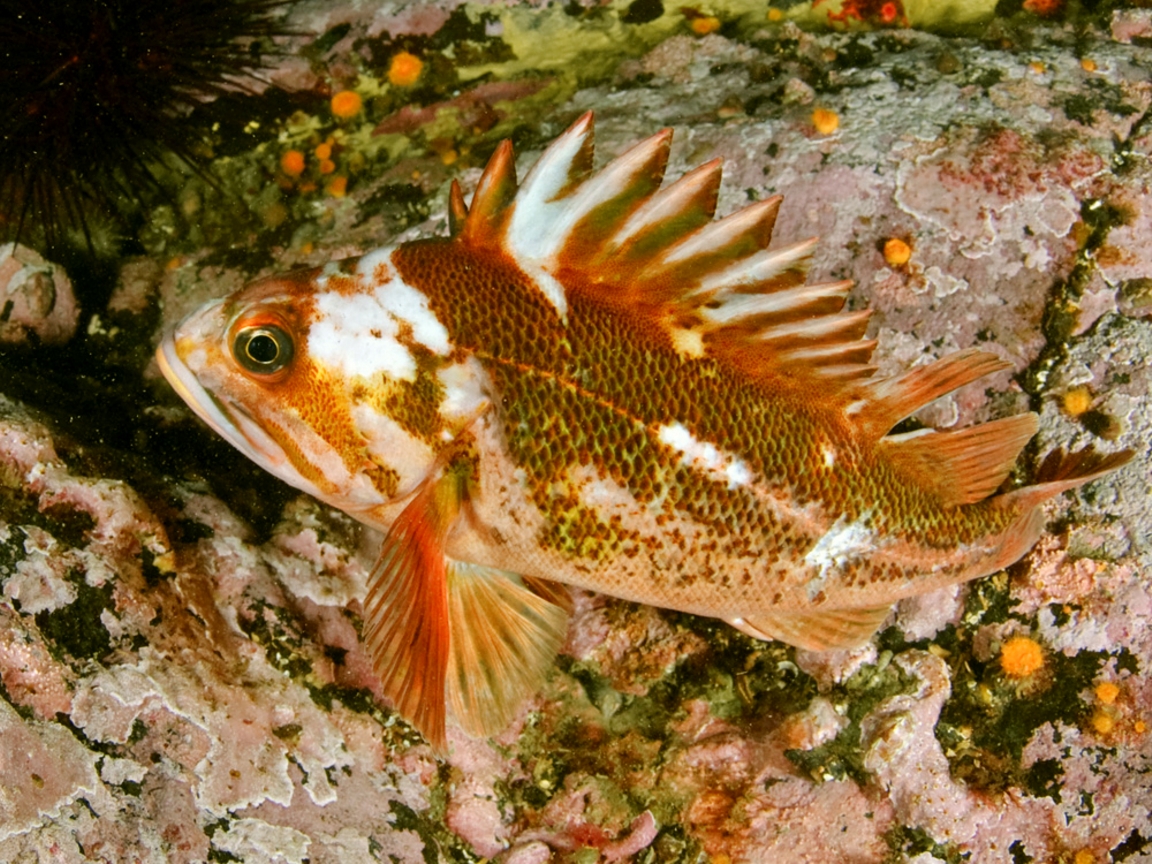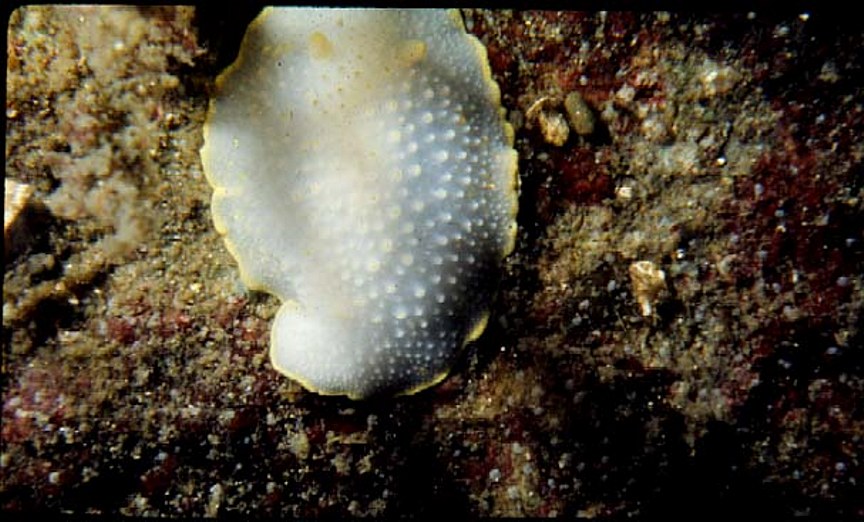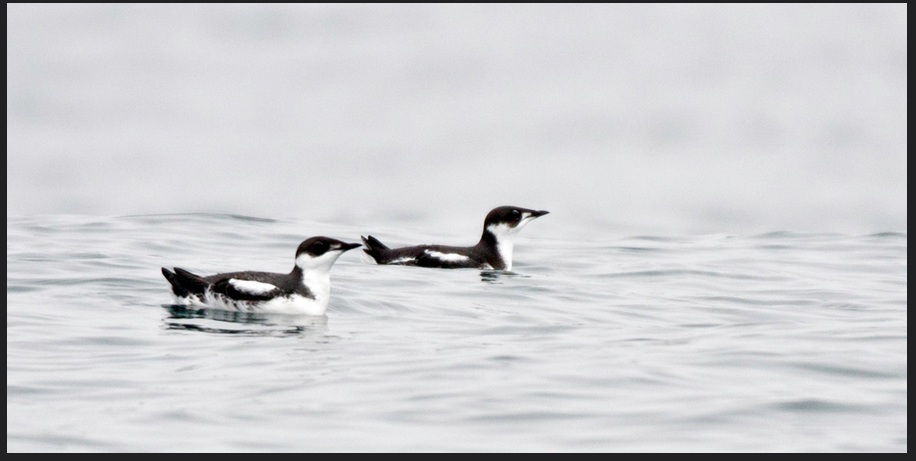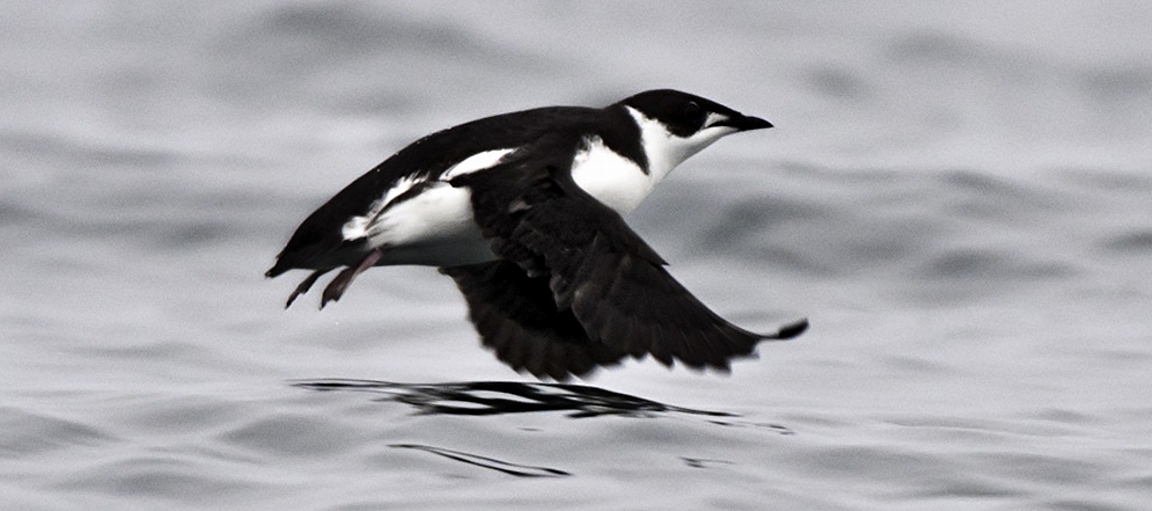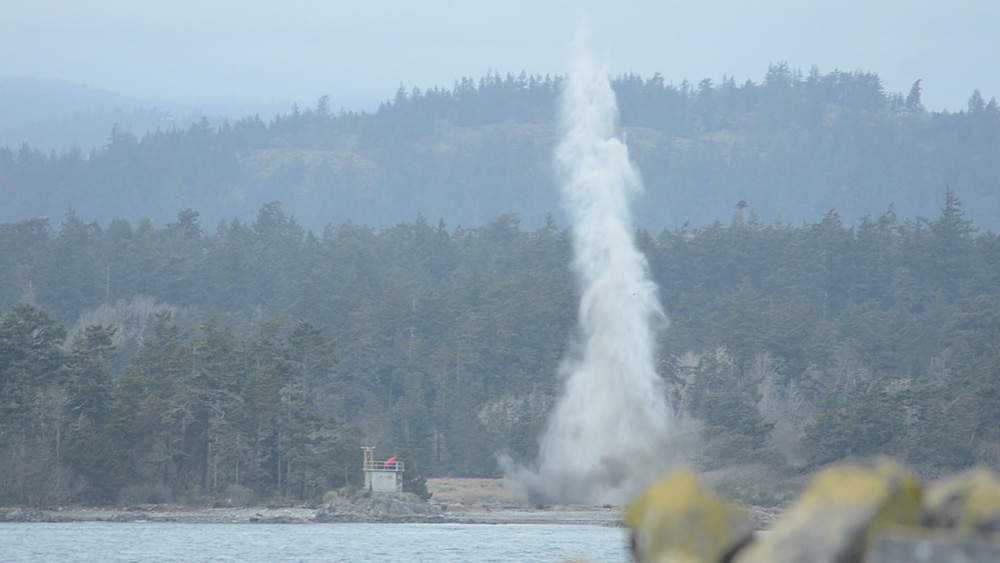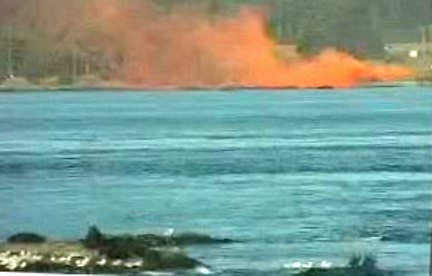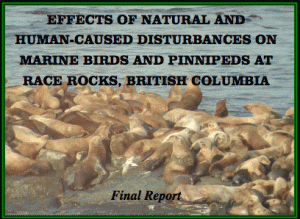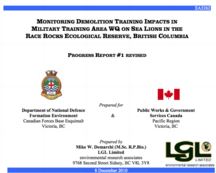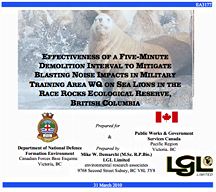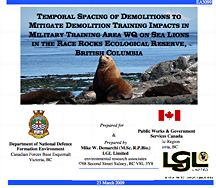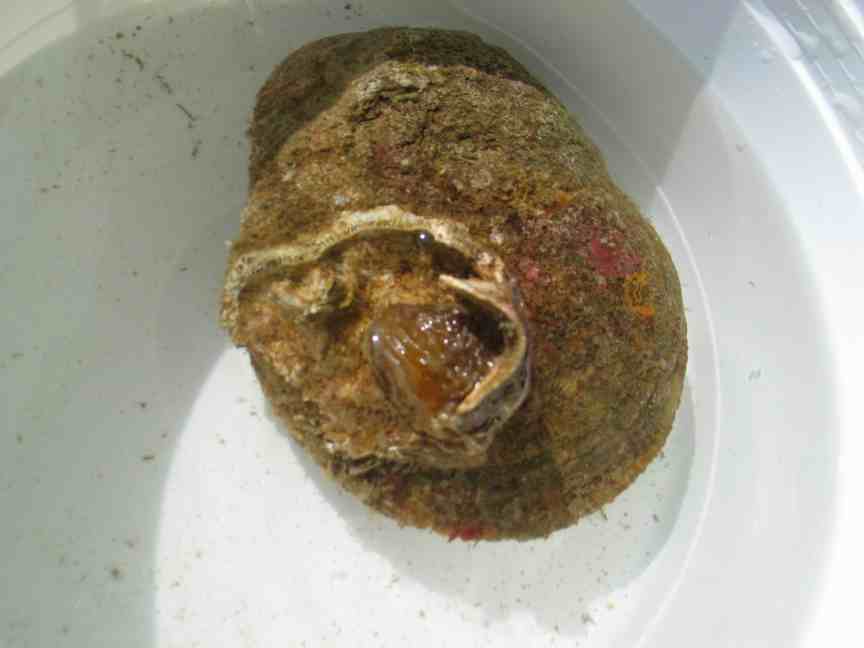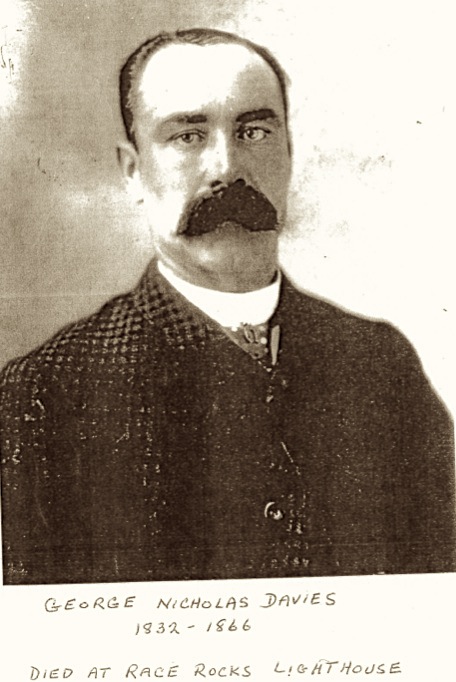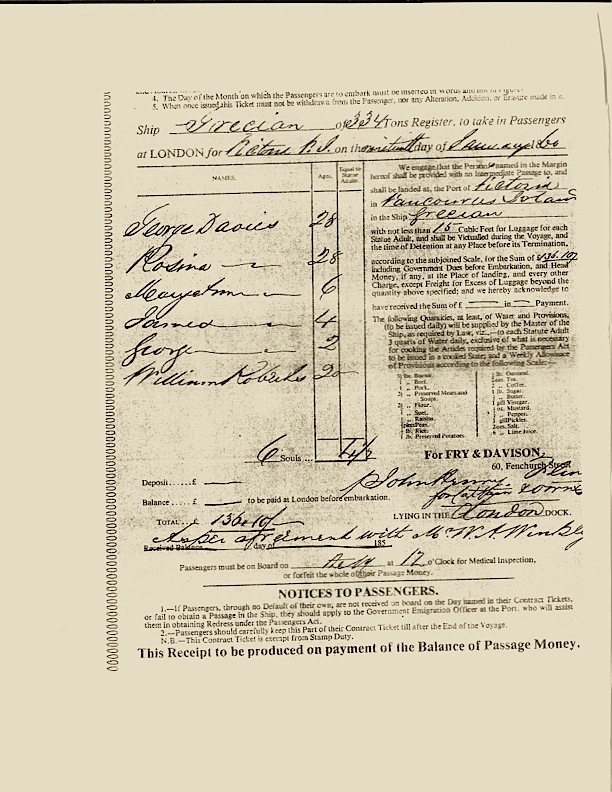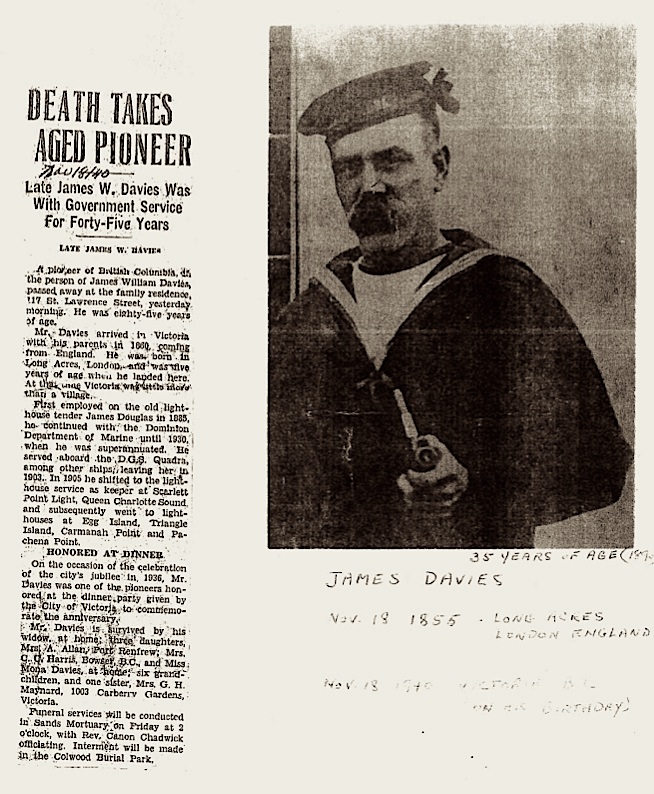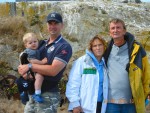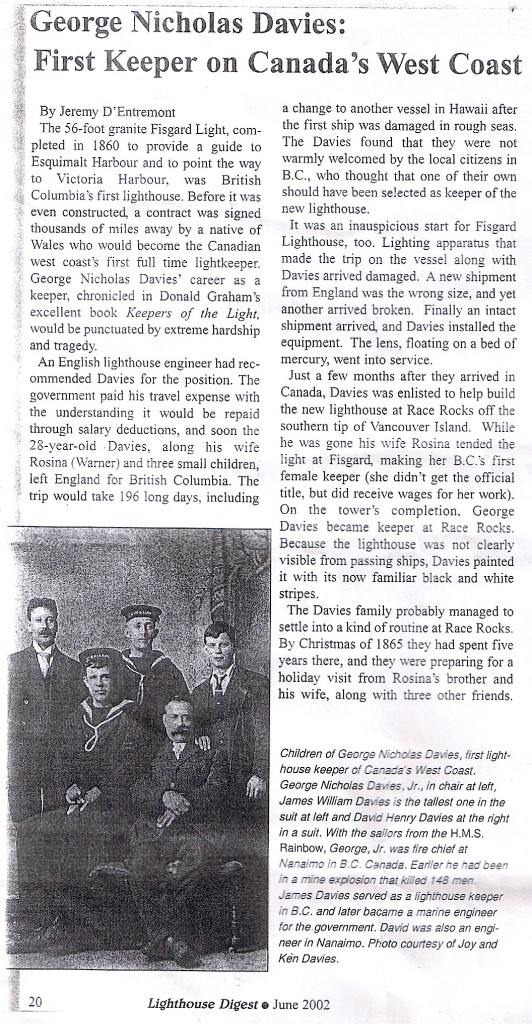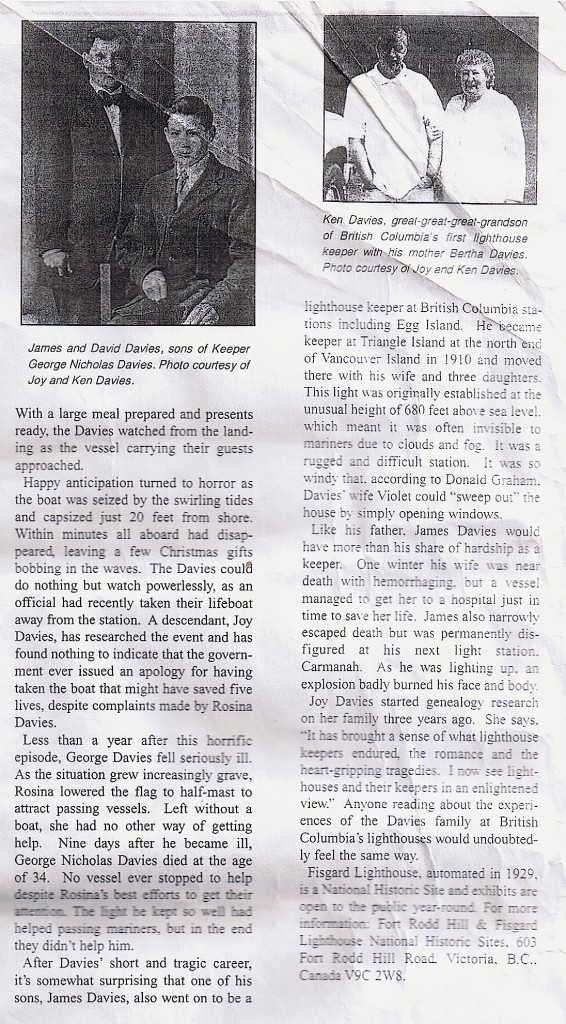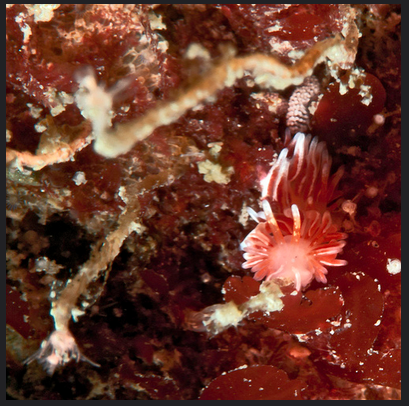VALUES INPUT TABLE: for DFO Race Rocks MPA Advisory Board Process.
Past, Present, Future Use
Lester B.Pearson College’s first significant interaction with the area was in 1977 as a location for marine biology field trips and diving. Faculty and students initiated the process of getting it preserved as an ecological reserve in 1979:
http://www.racerocks.com/racerock/history/rrerhist.htm
and assisted BC Parks in the preparation of the Management plan.
http://www.env.gov.bc.ca/bcparks/planning/mgmtplns/race_rocks/racerock.html
Since that time there has been a continuous record of student, faculty and staff involvement in doing ecological monitoring in the reserve and in student and visitor field trips,
http://www.racerocks.com/racerock/education/education.htm
From the 2005 report on State of Ecological Reserves in BC, ” For the past several years the Ministry has regularly stated that it is committed to shared stewardship and partnerships. Such a commitment by the Ministry requires innovative approaches and resources. The Race Rocks Ecological Reserve is clearly exemplary from a shared stewardship, ecological protection, public education and applied research perspective.”
http://www.ecoreserves.bc.ca/newsissues_files/State%20of%20Ecological%20Reserves%202005%20final.pdf
Pearson College has supported student research at Rocks ,
http://www.racerocks.com/racerock/research/research.htm
and the faculty and students have assisted outside scientists in research projects there.
http://www.racerocks.com/racerock/research/researchexternal.htm
Each year it provides boat cover for the Christmas Bird Count by the Victoria Natural History Society.
http://www.racerocks.com/racerock/seabirds/xmascount/birdcount.htm
A college faculty member, now retired has continued to serve as Ecological Reserve warden for BC Parks since 1980. and in 1997, the college took over full time management of the Ecological Reserve and the island facilities on a long term lease from BC Parks.
http://www.racerocks.com/racerock/admin/admin.htm
Lester Pearson College has a high level of participation in R&D and energy projects such as the AXYS wind resource assessment buoy testing
https://racerocks.ca/racerock/data/axystest/jdfwindwave.htm
and the Integrated Energy Project involving solar and tidal energy for the Island. http://www.racerocks.com/racerock/energy/tidalenergy/tidalenergy.htm
There is an ongoing program of retrofitting and enhancement of efficiency to the infrastructure through additional solar panel installations; LED and CFL lighting and battery energy storage has resulted in close to 60 % reduction in fuel consumption and resulting emissions.
It has also implemented more efficient water systems and is currently upgrading the composting toilets…
The college has also had an ongoing ecological restoration program for the island in an attempt to mitigate ecological footprint of former operations on the island.
http://www.racerocks.com/racerock/eco/ecorestore.htm
It has installed and continues to run a weather station:
https://racerocks.ca/racerock/data/weatherlink/Current_Vantage_Pro.htm
and continues the long term daily water temperature and salinity records for monthly submission to IOS.
http://www.racerocks.com/racerock/abiotic/temperature/seatemperature.htm
A database is maintained with observations from the ecoguardian and volunteers using remote cameras on tagged and branded marine mammals;
http://www.racerocks.com/racerock/marmam/sealion/tracking/tracking.htm
In 2000, Pearson College secured a grant from the Millennium foundation for the installation of a LAN on the island and internet connection passing live remote controlled video and audio to the outside world by microwave.
http://www.racerocks.com/racerock/video5.htm
The college supports the website racerocks.com which is a non-commercial educational site continually being updated by a volunteer with contributions from staff, students, faculty and outside researchers. This website is used worldwide as a distance education tool, with several specific curriculum programs using the resources contained on the website.
http://www.racerocks.com/racerock/eco/ecoeducation.htm
Ecological features of importance:
The high currents in the area with nutrient laden water lead to a highly productive ecosystem with high biodiversity of Invertebrates, fish and marine algae.
It is a seabird nesting colony for four species, a migratory stopover for countless migrants and overwintering residence for several thousand gulls of several species. It also provides habitat for several species of endangered and listed plants and animals.
It is the largest marine mammal haulout and birthing colony on southern Vancouver Island and a Northern Elephant seal birthing colony,
http://www.racerocks.com/racerock/eco/taxalab/nufar.htm
a harbour seal birthing colony,
http://www.racerocks.com/racerock/eco/taxalab/damionw.htm
a haulout for a large colony of Northern ( Steller’s) sea lion from August to April,
http://www.racerocks.com/racerock/eco/taxalab/nufar.htm
and a haulout for a large colony of California sea lions especially Sept. to December each year.
http://www.racerocks.com/racerock/eco/taxalab/carolinem.htm
The college has supported research on hydroids by Dr. Anita Brinckmann-Voss leading to the identification of over 65 species of that group of cnidarians, several which are new species records.
http://www.racerocks.com/racerock/hydroid/anitabv.htm
In the racerocks.com taxonomy files, an inventory featuring all individual species from the island is continually being updated as new photographs, videos and observations are available.
http://www.racerocks.com/racerock/eco/taxalab/taxonomy.htm
A large bank of video archives also forms a core of the documentation of animals and events on the island,
http://www.racerocks.com/racerock/archives.htm
and the Daily Log section provides a record of daily happenings on the island from the viewpoint of the resident ecoguardian, a monthly photo gallery provided by a viewer using the remote camera, and a log of updates to the website of resources for Race Rocks.
http://www.racerocks.com/racerock/diary/
Geographic features of importance
The archipelago of islands is a unique geographic feature providing optimal exposure in the Strait of Juan de Fuca to diverse elements of wind and currents which lead to a highly biodiverse ecosystem. Its location provides the highest measured upwelling area of the west coast which results in deep water species occurring at a shallow depth and a large biomass of contributed larvae and planktonic species.
The geology:
http://www.racerocks.com/racerock/abiotic/geology/geology.htm
and other physical factors of the area are unique as well and provide a special set of habitats to a large number of species.
http://www.racerocks.com/racerock/eco/ecodata.htm
It is also the most southerly point of Canada on the Pacific Coast.
Cultural features of importance
The island has a historic light station and has hosted generations of pioneering light keeper families who survived under difficult conditions. A year from now, in December 2010, the light tower marks its 150th year as a guiding beacon for those plying the waters of the Strait of Juan de Fuca.
http://www.racerocks.com/racerock/history/histam.htm
In recent years, our investigations on the rock mounds on the island have led them to be identified as pre-contact First Nations burial mounds from a culture that thrived in the area from 1000 to 1500 years ago, and then disappeared . In the year 2000 with the assistance of a First Nations elder, we sought the place name for Race Rocks from a another elder, the late Tom Charles , and were granted permission then to use the Klallum name Xwayen, the area of swift flowing water. Race Rocks is essentially in the geographic centre of the Salish Sea. The first peoples of that sea recognized the close relationship between the land and the sea and we have always dedicated on the home page of racerocks.com, an icon which changes with the 13 stages of he moon as recognized by that culture.
http://www.racerocks.com/racerock/firstnations/first.htm
Human Threats to any of the important features.
The human presence at Race Rocks is a critical component to making this endeavour a success on many levels whether it be safety ; ecological stewardship and restoration; science, education and research; human activities monitoring. As such, adequate funding levels must be maintained to a level that will enable these essential activities to continue. To date, Pearson College has been solely responsible for finding the necessary funds to continue operations. It is important that appropriate funding be secured to enable long term sustainability.
There has been a continuation of problematic recreational boaters who view and disturb animals and birds from too close a distance and increase the chance of boat strikes on marine mammals and diving birds. There continues to be on an intermittent basis recreational fishing in the reserve.
There is ongoing concern for boat traffic, noise and effluent that goes with it, speed reduction and viewing distance. Airline overflights continue to cause occasional disruption to the mammal and bird colonies. The implementation of the DFO regulations on Marine wildlife viewing are long overdue. http://www.racerocks.com/racerock/admin/disturbances.htm
The threat of an oil or chemical spill is always possible in the Strait of Juan de Fuca. This would be heightened if there is an increase in Juan de Fuca Tanker Traffic and removal of the moratorium on offshore drilling. The disposal of wastes and bilge water from all ships and the increasing onset of Cruise lines operating in the area is a real concern.
http://www.racerocks.com/racerock/admin/ships.htm
The rockfish protection area should be maintained and strengthened so that threats to marine mammals are reduced and stock recovery in the area is enhanced.
Other threats to the area
The human presence at Race Rocks is a critical component to making this endeavour a success on many levels whether it be safety, security, ecological stewardship and restoration, education and scientific research, or monitoring of human activities. As such, funding levels must be maintained to a level that will enable these essential activities to be sustainable. To date, Lester Pearson College has been almost solely responsible for finding the necessary funds to continue operations. It is important that appropriate funding be secured to enable long term sustainability.
A general statement of your vision for the area
Pearson College has provided internet linkage to the resources of the island since 2000. Since it is a small area with a complex set of ecosystems, it is our hope that direct human contact remains minimal, while global access to the resources through the internet remains high.
The commitment of volunteers, faculty, staff and students of Pearson College over the last 30 years in assembling the resources of Race Rocks and then making them available on racerocks.com and racerocks.ca is evidence of how we value maintaining the ecological integrity of the reserve, and wish to continue sharing it with the world. We plan to continue to support the activities and programs currently underway; improve on them and support new activities and endeavours that will add to our understanding and continued protection of the ecosystem.
The College is committed to explore and expand its research and education opportunities available at RR and maintain a long term presence as the custodian of the Ecological Reserve. It will continue to demonstrate the use and integration of sustainable resources and renewable energy with the goal to reduce the emissions from our operations to an absolute minimum.
Since de-staffing of the station by the Coast Guard in 1997, Lester B. Pearson College has hired Ecoguardian staff to be resident on Race Rocks and has raised over $1 million for operating costs at Race Rocks in the past 12 years of operation. Pearson College will continue to employ staff as Ecoguardians and station operators year round. Currently a full time resident marine scientist holds this position.
Why is the Area important to you?
It is important because ultimately it must be possible for all who pass through this part of the Salish Sea must be informed of its unique values and must be committed to allow it to remain a relatively pristine and undisturbed ecosystem. The significant education and research value can endure if Race Rocks Marine Protected area is well supported and locally managed.
 The Race Rocks taxonomy is a collaborative venture originally started with the Biology and Environmental Systems students of Lester Pearson College UWC. It now also has contributions added by Faculty, Staff, Volunteers and Observers on the remote control webcams.
The Race Rocks taxonomy is a collaborative venture originally started with the Biology and Environmental Systems students of Lester Pearson College UWC. It now also has contributions added by Faculty, Staff, Volunteers and Observers on the remote control webcams.

